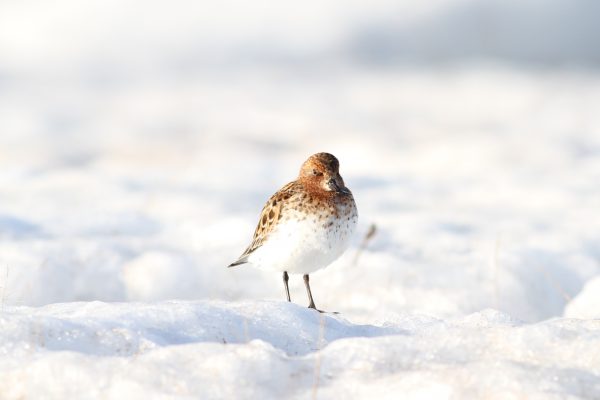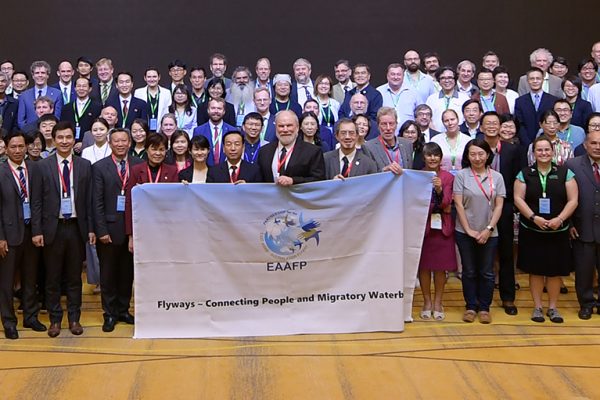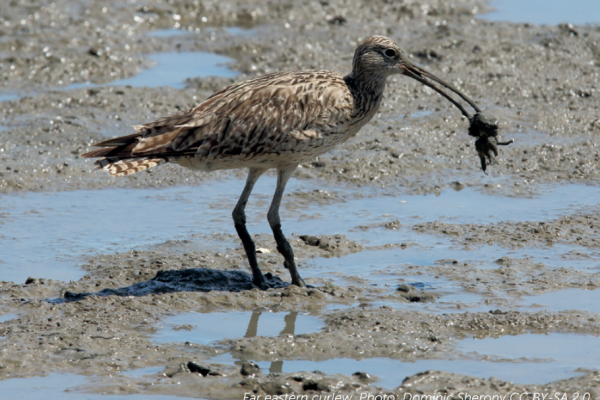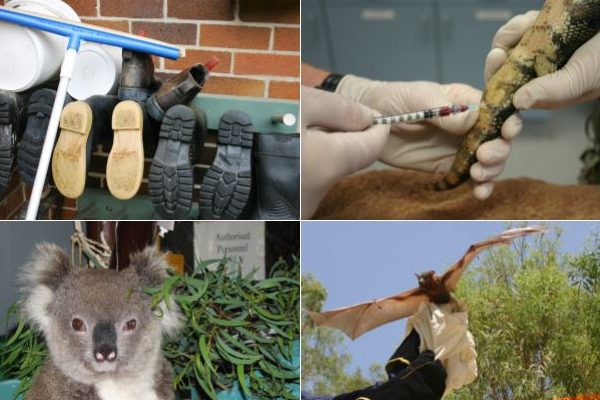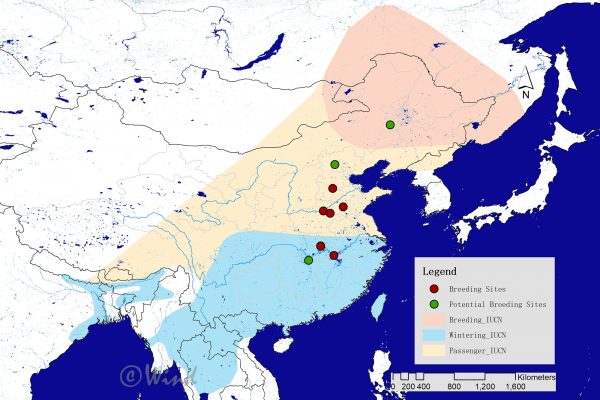-
Climate change is adding to the threats to the migratory waterbirds in the East Asian – Australasian Flyway
The East Asian – Australasian Flyway (EAAF) is already the most threatened flyway for migratory waterbirds in the world and the threats are now compounded by the increasing impacts from climate change. Participants from over 20 countries are gathering for the 10th Meeting of Partners (MOP10) to the East Asian-Australasian Flyway Partnership (EAAFP) in Changjiang […]
Continue reading -
“Flyways – connecting people and migratory waterbirds” The Tenth Meeting of Partners for The East Asian-Australasian Flyway Partnership, Hainan, 10 to 14 Dec, 2018
Participants from over 20 countries are gathering for the 10th Meeting of Partners (MOP) to the East Asian-Australasian Flyway Partnership (EAAFP) in Changjiang City (Hainan, China) from 10th to 14th December. The purpose is to discuss the conservation of migratory waterbirds and their habitats along the East Asian-Australasian Flyway. During the opening ceremony, the EAAFP […]
Continue reading -
Strategic Planning for the Far Eastern Curlew
The Far Eastern Curlew (Numenius madagascariensis) is one of the largest migratory shorebirds in the world. It has experienced one of the most acute declines of any Australian shorebird species: a 5.8 per cent annual rate of decline. If this trend persists, the global population will fall to 10 per cent of its 1993 abundance […]
Continue reading -
Australian National Wildlife Biosecurity Guidelines
Good biosecurity helps to keep wildlife, people and domestic animals safe and healthy by minimising the impacts of disease on individual animals and wildlife populations. Everyone who works with, or interacts with, wildlife has a role to play in wildlife biosecurity. The Australian National Wildlife Biosecurity Guidelines acknowledge the wide range of circumstances under which […]
Continue reading -
2018: a successful year for Baer’s Pochard breeding in China
The population of Baer’s Pochard has rapidly declined in the past 20 years and assessment as Critically Endangered by IUCN. There has been no confirmed breeding of this endangered diving duck in its historical breeding area (northeast China and east Russia) since the 1990s. However, in recent years, new breeding sites have been discovered by […]
Continue reading -
Updates of worldwide avian influenza situation by FAO/EMPRES-AH
FAO/EMPRES-AH is constantly monitoring the avian influenza situation worldwide and compiles information from multiple national and international sources as well as peer-reviewed scientific articles. Close collaboration with country and regional offices, the implementation of avian influenza field surveillance projects and networks of expertise like the OIE/FAO OFFLU (www.offlu.net) provide access to timely information on outbreaks, […]
Continue reading -
Australian National Report to the three bilateral migratory bird agreements
Australia has three bilateral migratory bird agreements with Japan (JAMBA), China (CAMBA) and the Republic of Korea (ROKAMBA). These agreements provide a basis for cooperation on activities for the conservation of migratory birds that move between each country. Species listed on the annexes to these agreements are a matter of National Environmental Significance under the […]
Continue reading -
Shooting remains as biggest threat to Dalmatian Pelican in Mongolia
An incident about young Dalmatian pelican shot and injured recently in Khar Us Lake National Park, Mongolia, happened on 19 November alerted us about hunting remains as a threat. Dr. Nyambayar Batbayar, director, Wildlife Science and Conservation Center of Mongolia, recalled. “Today I received an urgent phone call from Mr. Batmunkh Sanjaa, the director of […]
Continue reading -
Participation in Local Events 2018
International Organisations and MICE Career Fair 2018 (9 Nov, Songdo Convensia, Incheon, RO Korea) The 6th OECD World Forum (27-29 Nov, Songdo Convensia, Incheon, RO Korea)
Continue reading -
Vulnerability of food supplies for migratory shorebirds to altered flow in the southern Gulf of Carpentaria, Australia
Migratory shorebirds are present in vast numbers along Australia’s Gulf of Carpentaria south-east coastline, especially from September to April. These shallow and productive tidal environments are important resting and feeding areas, as well as staging areas for birds that fly north or south. The threatened Great Knot and Far Eastern Curlew are among the many […]
Continue reading

